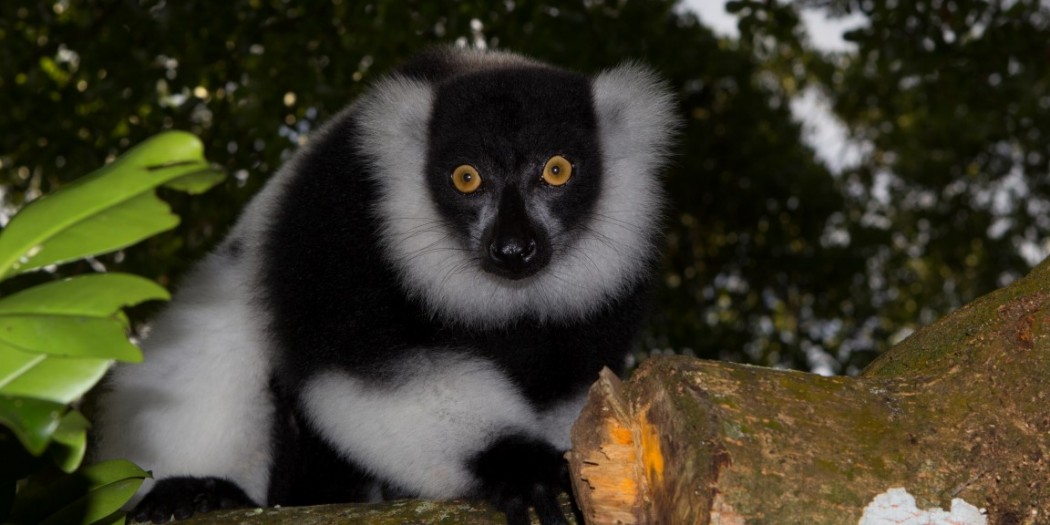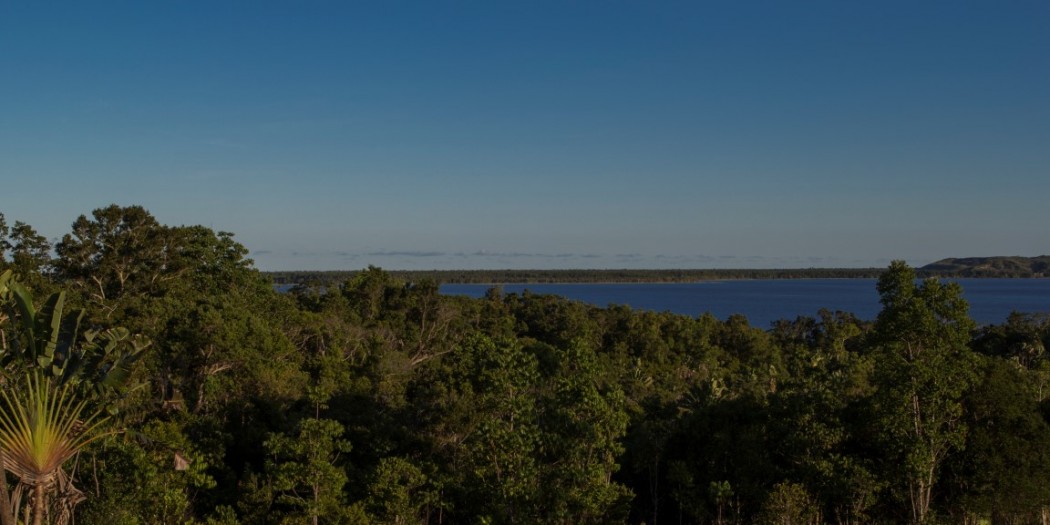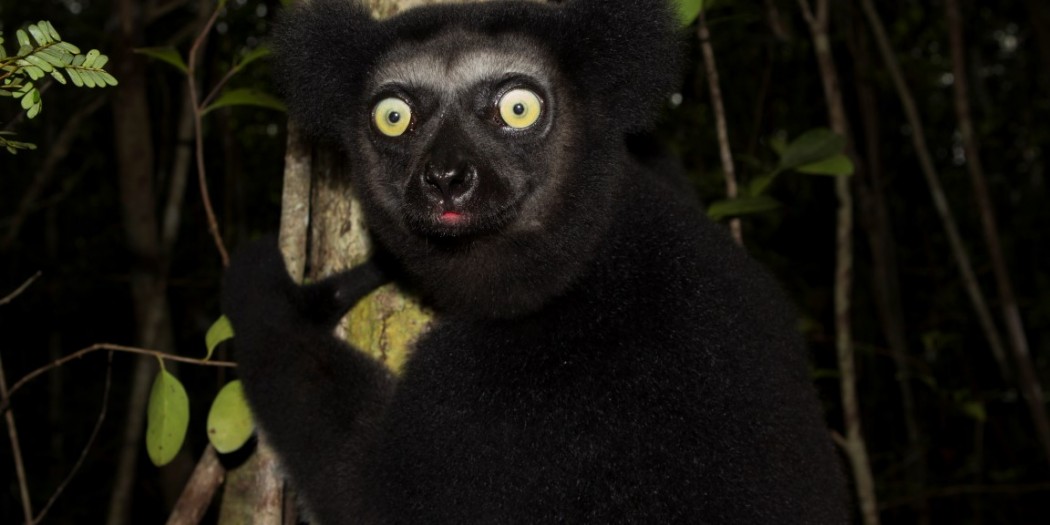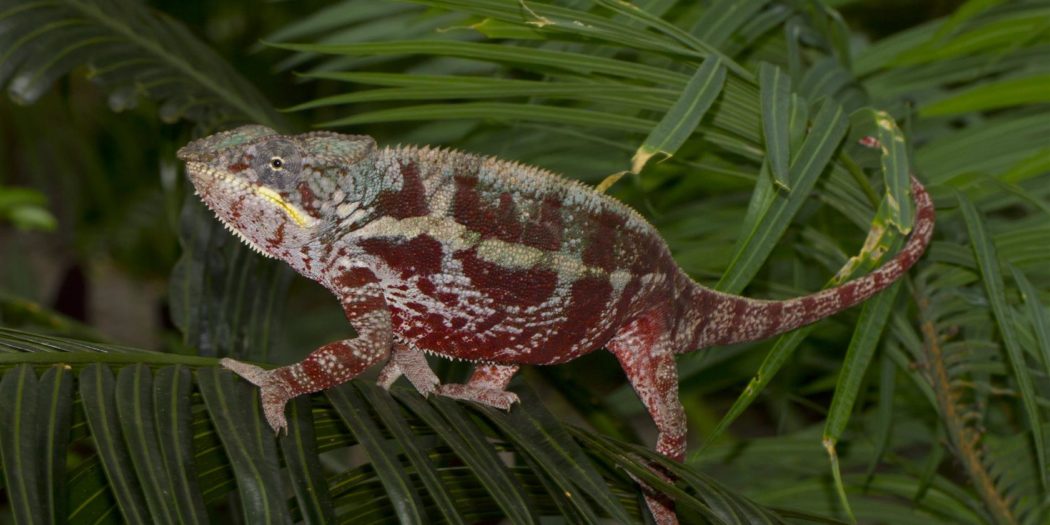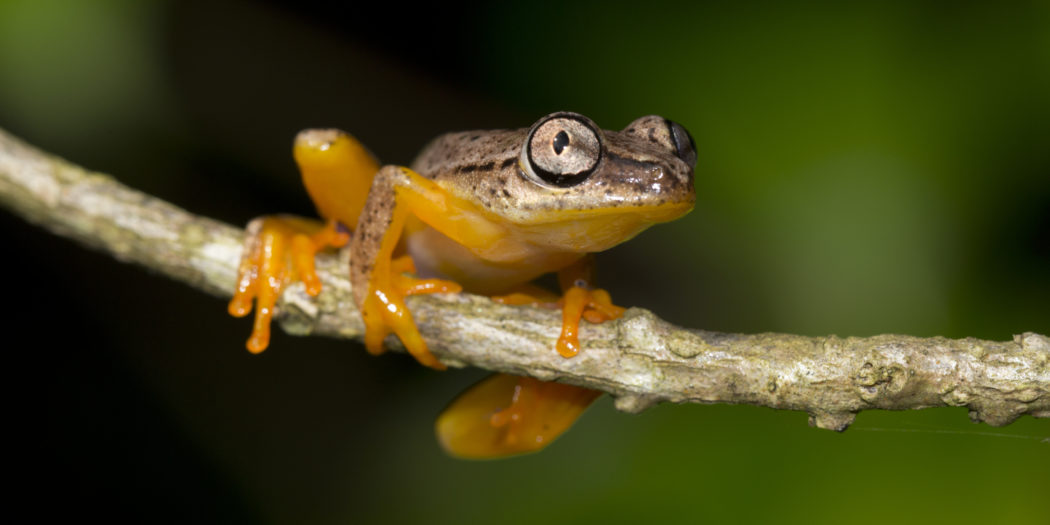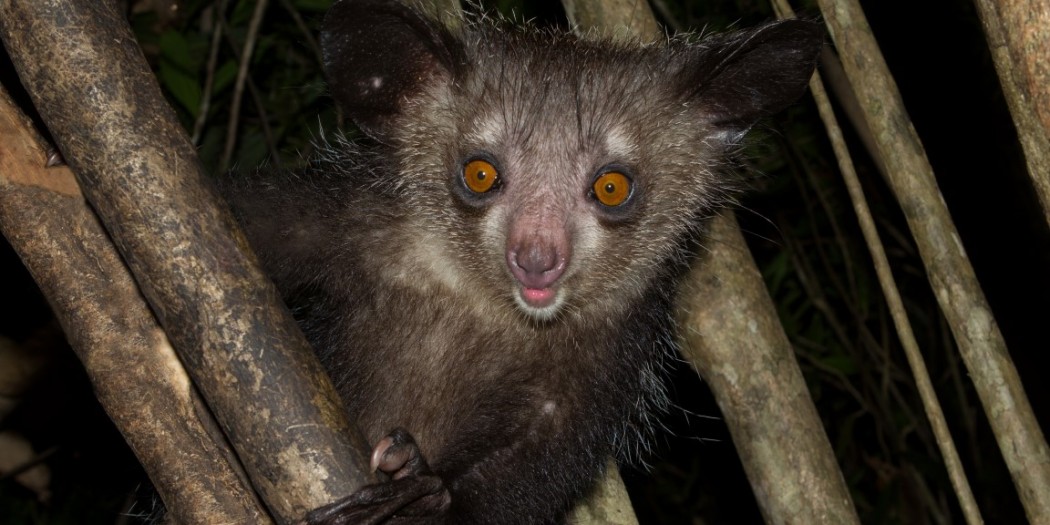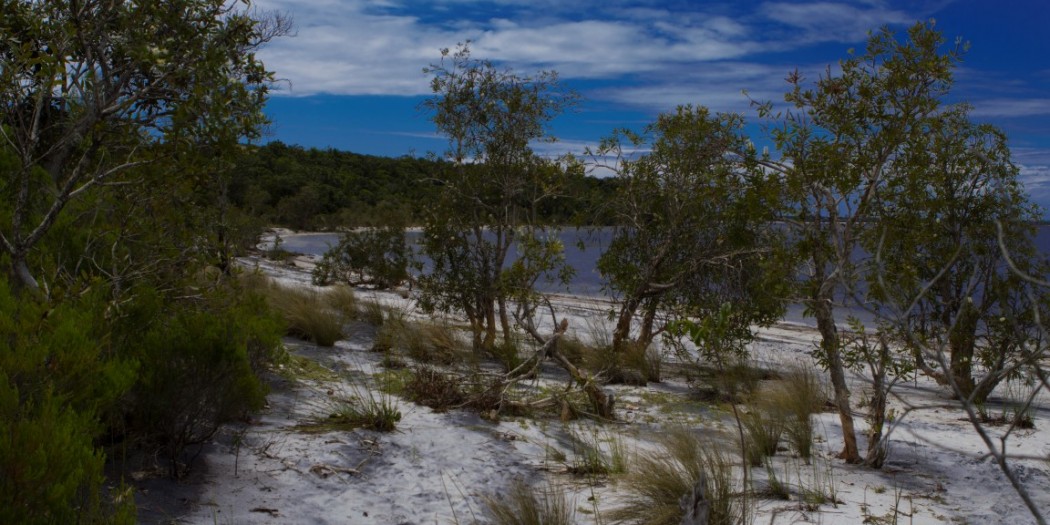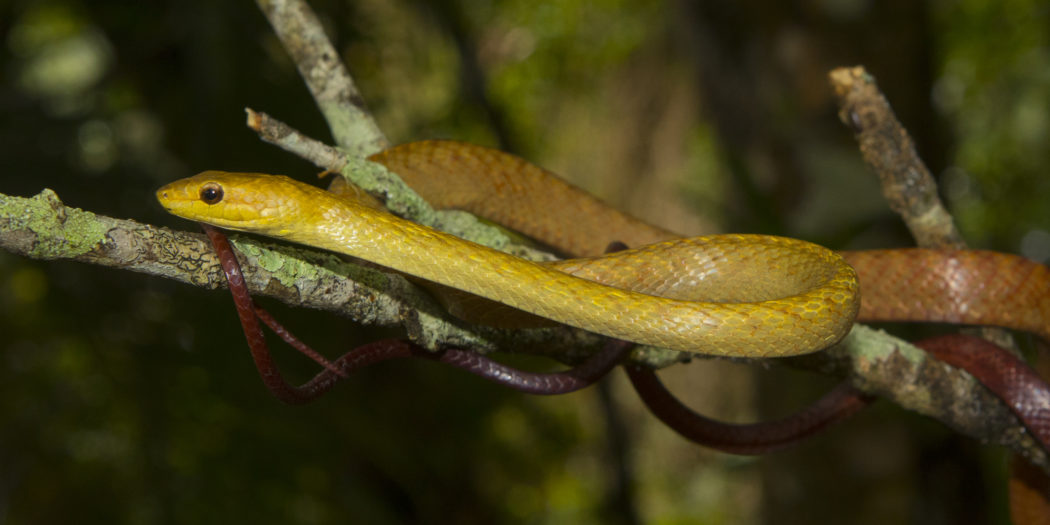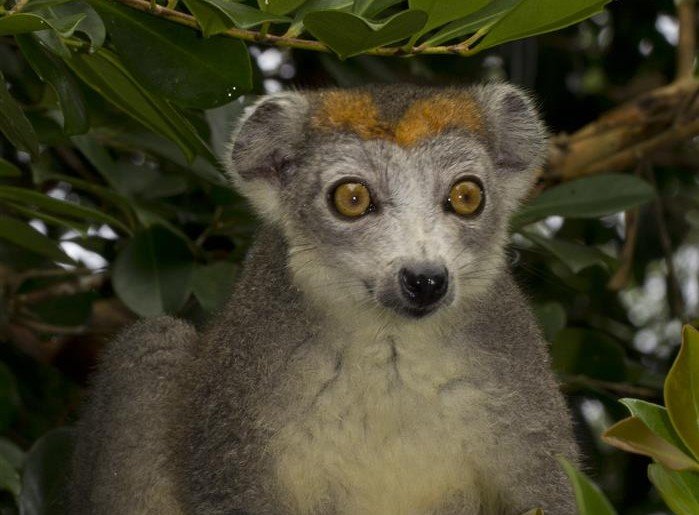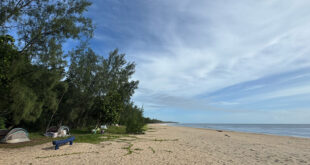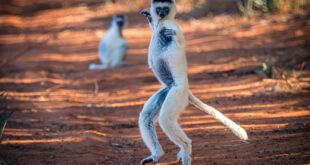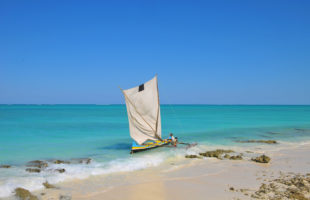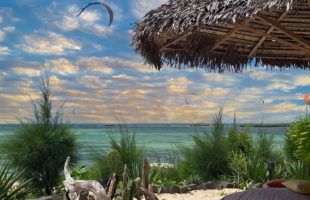Akanin’ny nofy:
The name Akanin’ny Nofy means “the nest of dreams”. The name describes this little paradise perfectly. However, the reserve is better known under its second name “Palmarium” or formerly “La Palmarie”.
Location:
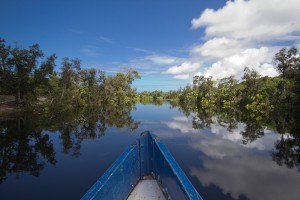
The Akanin’ny nofy reserve is located on a peninsula in eastern Madagascar, about 60 km south of the city of Toamasina (Tamatave). From Toamasina you drive about 50 km by car over the RN2. The last 7 km lead off-road to a hut village called Manambato. From there you can reach the reserve by boat via the Lake of Kings (Lac Rasoabe) and the Canal des Pangalanes (about 28 km). The reserve is located directly on Lake Ampitabe. From the capital Antananarivo, the journey by car via the RN2 and boat takes about seven to eight hours for about 300 km. There is no overland route to Akanin’ny Nofy, the last kilometers can only be covered by boat.
Information about the reserve:
In 1961 Gunter Gottlebe, a German immigrant acquired the site of today’s palmarium. He had a small botanical garden laid out and laid the foundation stone for the first buildings. Since the beginning of the 2000s, the site has been in French ownership and under a Madagascan administration. The palmarium covers 0.5 km² and is home to the lowland rainforest and various lakes. The paths in the reserve are almost all flat and very easy to follow. From a viewpoint, you have a great view over the reserve, the crocodile lake, and the lake Ampitabe.
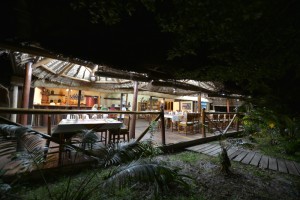
Since 2015, there has also been a reforestation project called Ala kely, which is to replant a corridor in the middle of the reserve that was cut down many decades ago and thus make it usable for lemurs and other animals again. Only native trees and shrubs from the nursery of a nearby NGO are used for the project. The entrance fee for a day trip to the reserve is about 15.000 Ariary (about 5 €) per person. However, as the long boat trip is quite expensive, it is worth combining a visit to the reserve with a stay of several days. Hotel guests pay no additional entrance fee for visiting the reserve.
Climate:
On the east coast it is pleasantly warm all year round, but also constantly humid. Rain falls regularly even during the dry season. The Indian Ocean is only separated from Lake Ampitabe by a footbridge of a few hundred meters. You can hear it hissing all night long.
Infrastructure:
In addition to the reserve directly on Lake Ampitabe, the Palmarium has very well-equipped bungalows and an excellent restaurant with a bar in the middle of the former botanical garden. Further bungalows equipped with king-size beds and luxury bathrooms as well as a restaurant with a lake view can be found a few kilometers further on in Palmarium Beach, which also belongs to the complex. Electricity is available from sunset to sunrise, for this purpose, a separate generator is operated.
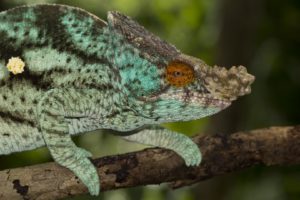
In this reserve, you can simply let your thoughts run free! With delicious Madagascan food and homemade rum, you quickly forget the stress of everyday life. At lake Ampitabe, you can sunbathe on the sandy beach, let your feet dangle from the jetty, or enjoy a bath in the warm water. The lowland rainforest can be explored easily with a local guide. Around the palmarium, there are only small hut villages. At Lake Ampitabe and along the Canal des Pangalanes there are a few more hotels. Further accommodation is only available in Toamasina or Manambato. Since all food must be delivered by boat from Toamasina to the reserve, the price level compared to other places in Madagascar is relatively high. There are no possibilities for camping.
Flora and Fauna:
Nature offers here plants and animals in abundance, which are just waiting for your visit. The reserve has been famous for years for its many, sometimes very tame lemurs. Indris, black and white ruffed lemurs, Crowned and Black Lemurs and red-bellied lemurs are among the curious inhabitants of the reserve. Some lemurs have been successfully established in the reserve by humans, others occur naturally in the area. Even the rare, bizarre Aye-Aye can be observed here with a little luck.
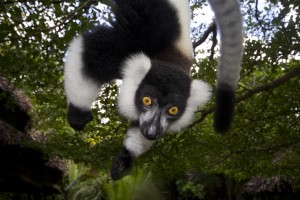
Hotel guests can go on guided night walks, during which one can observe small mouse lemurs and rare wooly lemurs. But Madagascar’s most famous mammals are not the only ones in the reserve; many small frogs (Heterixalus, Mantella spp.) also romp around in the forest and along the lake. Harmless snakes (among others the leaf-nosed snake) and colorful chameleons (Furcifer pardalis, Calumma parsonii parsonii, Calumma vohibola, Brookesia cf. peyrieriasi) also have a home here beside fascinating geckos. Plant lovers will also find large populations of carnivorous pitcher plants (Nepenthes madagascariensis). Palmarium Beach has a well-kept orchid population, which will unfold its full bloom in November.
In short: Akanin’ny Nofy is a small, private paradise on the east coast, which you should definitely see!
 MADAMAGAZINE Your Magazine about Madagascar
MADAMAGAZINE Your Magazine about Madagascar
